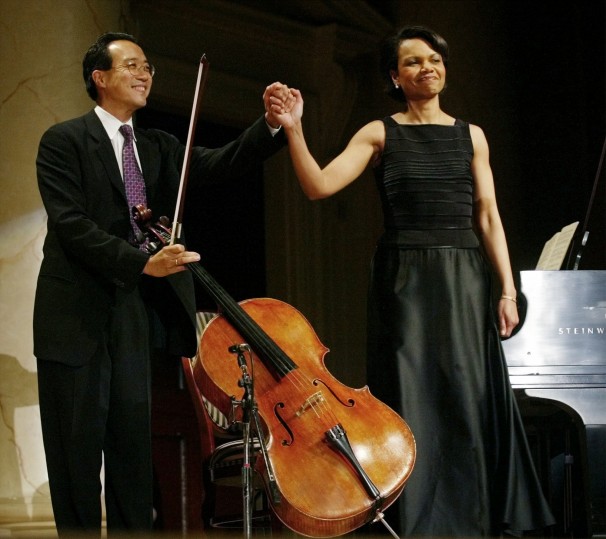Mindweapons in Ragnarok
March 10, 2014
We need to compile the list of how YT is racist no matter what we do!
White flight is bad. Gentrification is also bad.
White people doing White culture? Eurocentric! White people practicing an art invented by non-Whites? Appropriation!


Any questions? Oh really? If you are White, and breathing, that’s racist. Oh, wait — being dead doesn’t make you exempt. The Founding Fathers, all European people, dead and alive — RACIST!
From Salon comes an article called “Why I can’t stand white belly dancers,” with the subtitle “Whether they know it or not, white women who practice belly dance are engaging in appropriation.” A sample:
Women I have confronted about this have said, “But I have been dancing for 15 years! This is something I have built a huge community on.” These women are more interested in their investment in belly dancing than in questioning and examining how their appropriation of the art causes others harm. To them, I can only say, I’m sure there are people who have been unwittingly racist for 15 years. It’s not too late. Find another form of self-expression. Make sure you’re not appropriating someone else’s.
Appropriation — the horror! People treating artistic genres as if they were great ideas that are part of the common stock of humanity, available for all humanity to use, rather than the exclusive property of some particular race or ethnic group. What atrocity will the culturally insensitive appropriators think of next? East Asian cellists? Swedish chess players? The Japanese putting on Shakespeare? Jews playing Christians’ Christian music, such as Mozart’s masses? Arriviste Jewish physicists using work done for centuries by Christians? Russian Jews writing about Anglo-American law? Indians writing computer programs, using languages and concepts pioneered by Americans and Europeans? Japanese companies selling the most delicious custard cream puffs? Shame, shame, shame.
But, wait: Maybe — and I know this is a radical thought — artists, whether high or low, should be able to work in whatever artistic fields they want to work in. Maybe they should even be able to work in those fields regardless of their skin color or the place from which their ancestors came.
Maybe telling people that they can’t work in some field because they have the wrong color or ancestry would be … rats, I don’t know what to call it. If only there were an adjective that could be used to mean “telling people that they mustn’t do something, because of their race or ethnic origin.”
As to the blackface analogy that the article offers, the objection to blackface is that it originated as mockery of blacks, and is generally understood as continuation of such mockery. When white woman are “dressed in Orientalist garb with eye makeup caked on for full kohl effect and glittery accessories” — or for that matter, when people who aren’t of European extraction wear traditionally European formal clothing to play classical music, or non-European ballet dancers dress in European costumes — they aren’t trying to mock or belittle the group whose garb they are using. Rather, they are doing what performers have done throughout history: dressing the part.
A pretty appalling article, then, on Salon’s part. Thanks to Glenn Reynolds (InstaPundit) for the pointer.
(Note: I realize that Yo-Yo Ma, whose photo I give above, was born in Europe. But the argument in the Salon article, which talks of “Arab women and brown women” as entitled to belly dance and “white women” as not entitled, is based on place of ancestry, not place of birth. And in any event, of course I think that even Chinese artists who were born in China and who live in China are just as entitled to play Beethoven as is anyone else. Note also that the article’s argument is quite different from a purely aesthetic argument that some performance doesn’t work because the performer doesn’t visually look authentic, or even — what I think is much less defensible, even aesthetically — because the performer’s background interferes with the perceived authenticity of the work. The article makes a moral claim, not a personal aesthetic judgment.)
